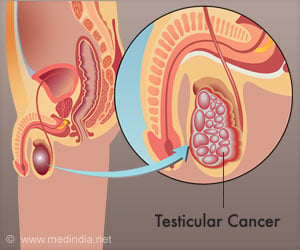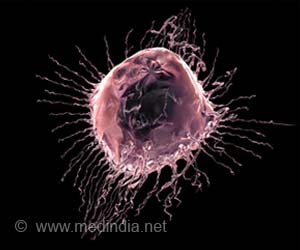The American Cancer Society's Web site reports on a non-invasive method of targeting cancer
The American Cancer Society's Web site reports on a non-invasive method of targeting cancer. A Florida-based man with no medical training has invented a machine that could lead to a cure for cancer.
'It gives me goose bumps that there might be a better way to do this and it looks like it's happening,' says John Kanzius, 63, inventor of the machine.Kanzius, a former broadcast executive from Pennsylvania always wondered if his background in physics and radio could help in treating the disease from which he suffers himself. Kanzius’ device kills cancer cells using radio waves.
Meanwhile scientists in pre-clinical studies have reported that carbon nanotubes embedded in tumors and then heated externally by radio frequency energy can achieve total tumor necrosis.
Steven A. Curley of the University of Texas M. D. Anderson Cancer Center and colleagues report online in the December issue of Cancer that this approach suggests a potential noninvasive means to treat tumors virtually anywhere in the body.
Though the treatment damaged some healthy tissue next to tumors, investigators found overall results promising. 'There are promising, even exciting, preclinical results in this liver cancer model,' says Dr. Curley. 'Our next step is to look at ways to more precisely target the nanotubes so they attach to, and are taken up by, cancer cells while avoiding normal tissue', he adds.
Radiofrequency destruction of tumors, as currently practiced, has several disadvantages. Needles need to be directly inserted into tumors; incomplete tumor destruction is seen in as many as 40% of cases; nonspecific treatment can damage healthy tissue; and complications of thermal injury could occur in 10% of patients. As a consequence, the therapy is used for only a few malignancies, including liver, kidney, breast, lung, and bone.
Source-Medindia
ANN/M










